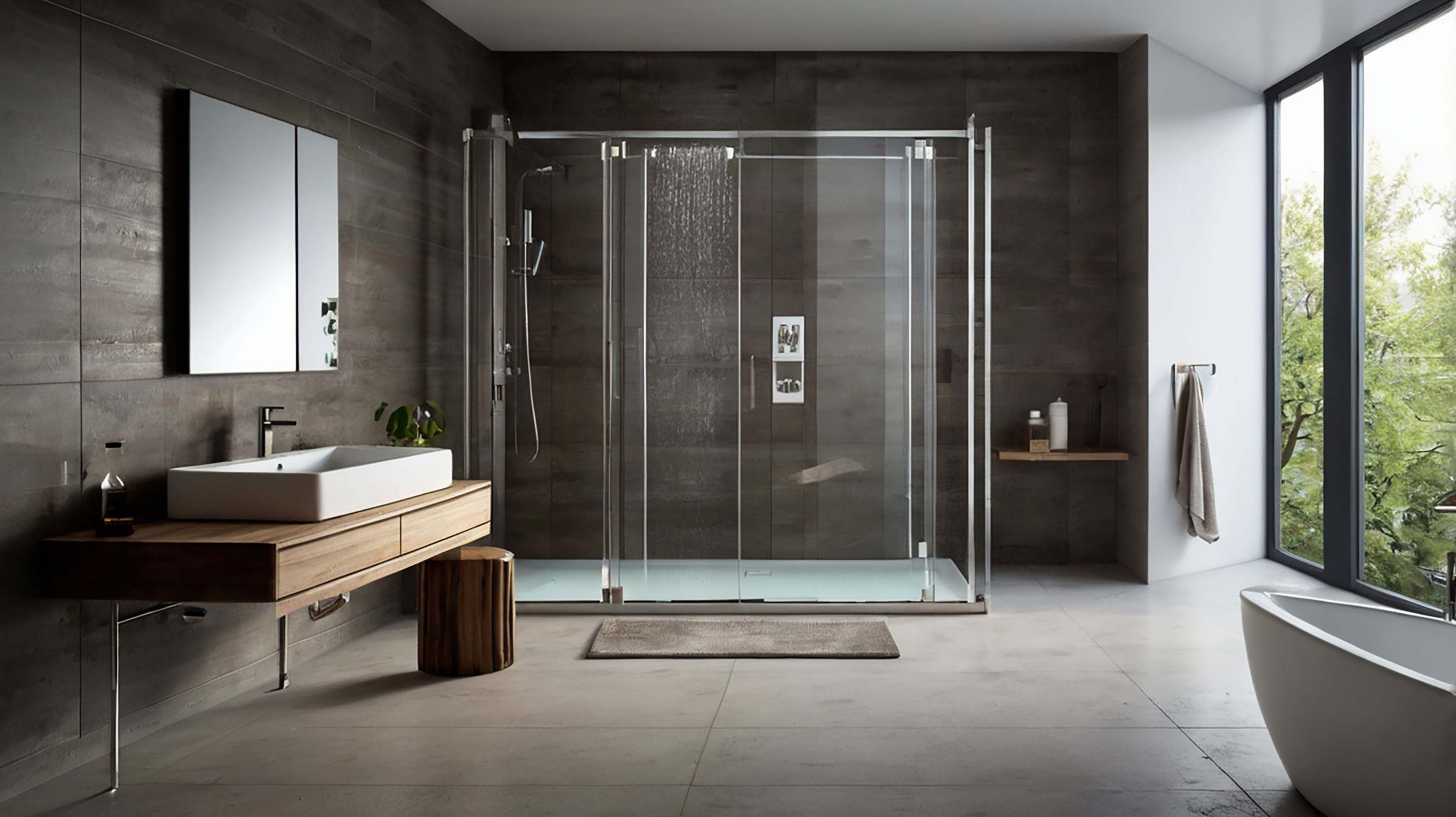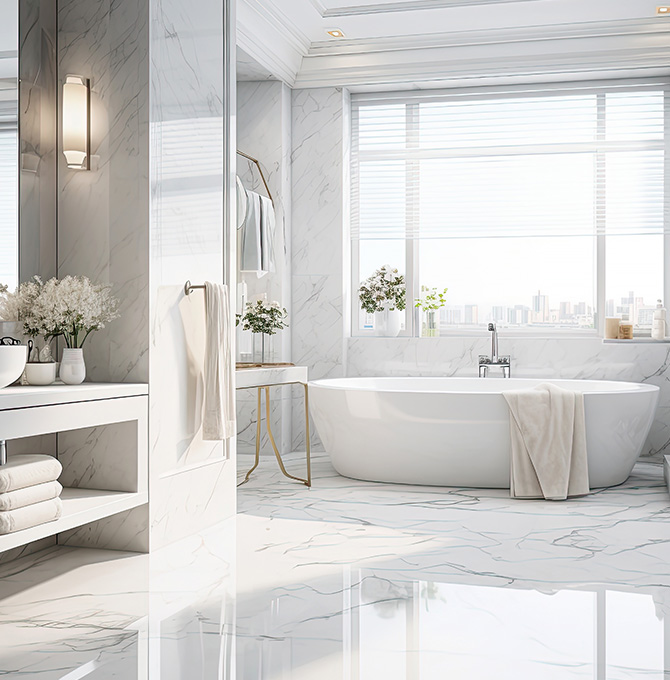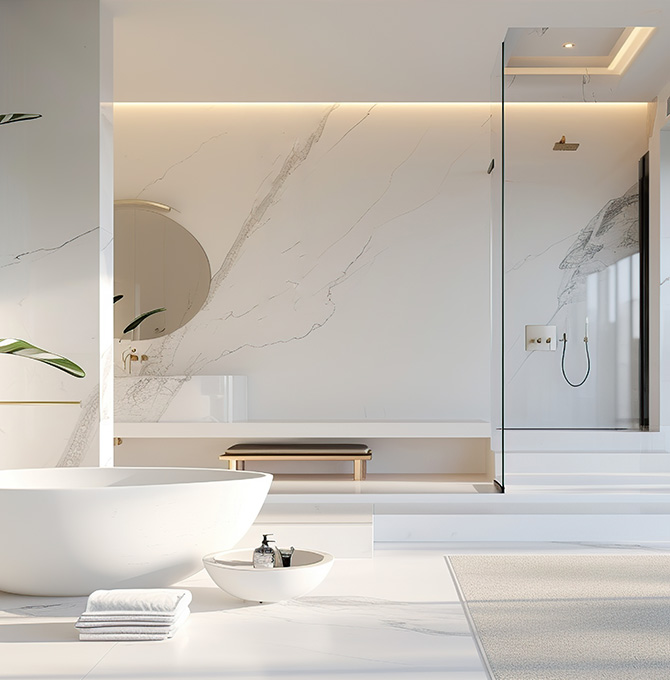In an era where diversity and inclusivity are increasingly valued, the concept of designing interiors that cater to all ages and abilities is gaining prominence. As populations age and lifespans lengthen, there is a growing need to create living spaces that are not only aesthetically pleasing but also functional and accommodating for individuals of all generations. This shift has prompted a reimagining of home decor, with a particular focus on integrating elderly-friendly furniture seamlessly into modern interior design.
What is inclusive interior design, and why is it important?
Inclusive interior design focuses on creating living spaces that accommodate individuals of all ages, abilities, and backgrounds. It is essential because it promotes accessibility, safety, and comfort for everyone, regardless of their physical or cognitive limitations.
How can elderly-friendly furniture enhance the quality of life for aging individuals?
Elderly-friendly furniture is designed with ergonomic principles in mind, offering features such as adjustable height, supportive cushions, and easy-to-reach storage. By prioritizing comfort and accessibility, this furniture can reduce physical strain, enhance mobility, and promote independence for aging individuals.
What are some key design considerations when incorporating elderly-friendly furniture into modern home decor?
Design considerations include seat height, cushioning, armrests, back support, and overall accessibility. Furniture pieces should be easy to use, comfortable, and safe for individuals with varying levels of mobility and physical ability.
Can elderly-friendly furniture be stylish and aesthetically pleasing?
Modern design aesthetics have evolved to encompass a wide range of styles, allowing for the seamless integration of elderly-friendly elements into any decor scheme. From sleek and minimalist to rustic and eclectic, there are countless options available to suit diverse tastes and preferences.
How to incorporate elderly-friendly furniture into modern home decor?
Understanding the Needs of Aging Individuals
Central to the concept of inclusive interiors is a deep understanding of the unique needs and challenges faced by aging individuals. From decreased mobility to declining vision and cognitive abilities, there are numerous factors to consider when designing spaces that are conducive to aging in place. By empathizing with the experiences of older adults, designers can create environments that promote independence, safety, and comfort without compromising on style.
Ergonomic Design Principles
At the heart of elderly-friendly furniture is the principle of ergonomic design, which prioritizes functionality and usability for individuals of all ages and abilities. This approach entails careful consideration of factors such as seat height, cushioning, armrests, and back support to ensure optimal comfort and accessibility. By incorporating ergonomic elements into furniture pieces, designers can mitigate the physical strain often associated with aging and promote a more comfortable and enjoyable living experience.
Incorporating Style and Substance
Contrary to popular belief, elderly-friendly furniture need not sacrifice style for functionality. Modern design aesthetics have evolved to encompass a wide range of styles, from sleek and minimalist to rustic and eclectic, allowing for the seamless integration of elderly-friendly elements into any decor scheme. Whether it's a stylish armchair with built-in lumbar support or a contemporary coffee table with rounded edges to prevent injuries, there are countless ways to marry form and function in the realm of home decor.
Adaptable Solutions for Changing Needs
Another key aspect of inclusive interiors is flexibility and adaptability. As the needs of aging individuals evolve, it's essential to incorporate furniture and design elements that can easily be adjusted or repurposed to accommodate changing circumstances. This may include modular furniture systems that can be reconfigured to suit different layouts or adjustable height features that cater to individuals with varying mobility levels. By investing in adaptable solutions, homeowners can future-proof their living spaces and ensure long-term usability for all occupants.
Creating Welcoming and Accessible Spaces
Ultimately, the goal of incorporating elderly-friendly furniture into modern home decor is to create spaces that are welcoming, accessible, and inclusive for individuals of all ages and abilities. Whether it's a cozy reading nook adorned with plush cushions and ample lighting or a dining area equipped with ergonomic chairs and easy-to-reach storage solutions, every design choice should reflect a commitment to promoting comfort, safety, and dignity for all occupants.






